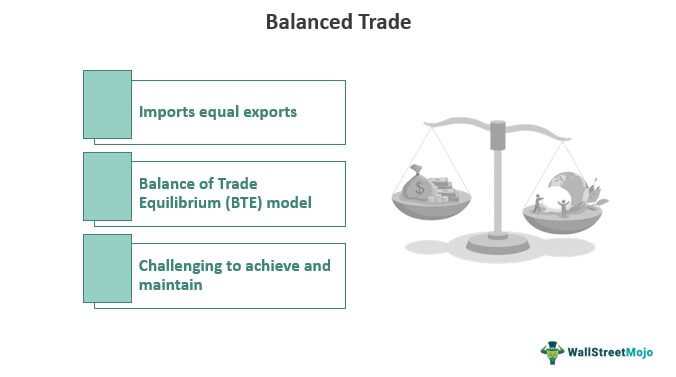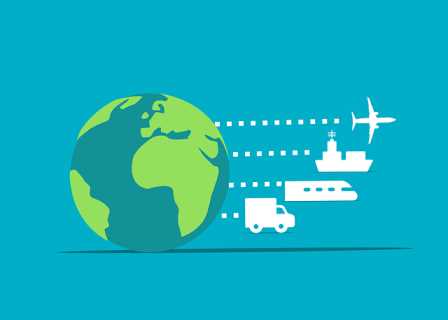Import Definition
Import is a term used in the field of international trade and commerce. It refers to the act of bringing goods or services into a country from another country for the purpose of selling or using them. When a country imports goods, it means that it is purchasing products or services from a foreign country to meet its domestic demand.
Import Process
The import process involves several steps and procedures. First, the importer needs to identify the goods or services they want to import and find a suitable supplier or exporter in the foreign country. Then, they need to negotiate the terms of the trade, including the price, quantity, and delivery terms.
Once the terms are agreed upon, the importer needs to obtain the necessary import licenses and permits from the government authorities. These documents are required to comply with the customs regulations and ensure the legality of the import transaction.
After obtaining the necessary documents, the importer needs to arrange for the transportation of the goods from the exporting country to the importing country. This involves selecting the mode of transportation, such as air, sea, or land, and coordinating with the shipping or logistics companies to ensure a smooth and timely delivery.
Upon arrival in the importing country, the goods need to go through customs clearance. This involves submitting the required documents to the customs authorities, paying any applicable import duties or taxes, and complying with any additional customs regulations or inspections.
Benefits of Import
Importing goods or services can bring several benefits to a country’s economy and consumers. Here are some of the advantages of importing:
- Access to a wider variety of products: Importing allows consumers to access a diverse range of products that may not be available domestically. This can lead to increased consumer choice and satisfaction.
- Lower prices: Importing goods from countries with lower production costs can result in lower prices for consumers. This can help improve affordability and increase the purchasing power of consumers.
- Competition and innovation: Importing can introduce competition into domestic markets, which can drive innovation and improve the quality of goods and services available to consumers.
- Job creation: Importing goods can create employment opportunities in the domestic market, particularly in industries related to transportation, logistics, and distribution.
Drawbacks of Import
While importing can bring several benefits, it also has some drawbacks that need to be considered. Here are some of the disadvantages of importing:
- Trade deficit: Importing more goods than exporting can result in a trade deficit, which means that a country is spending more on imports than it is earning from exports. This can have a negative impact on the country’s balance of trade and overall economic stability.
- Dependency on foreign suppliers: Importing goods can make a country dependent on foreign suppliers for essential products. This can create vulnerabilities in the supply chain and expose the country to risks such as political instability or trade disputes.
- Job displacement: Importing goods from countries with lower labor costs can lead to job displacement in domestic industries. This can result in unemployment or underemployment for workers in affected sectors.
- Quality control issues: Importing goods from foreign countries can sometimes lead to quality control issues, as it may be more difficult to ensure the quality and safety of imported products compared to domestically produced goods.
What is Import?

Import refers to the act of bringing goods or services into a country from another country for the purpose of trade. It is a crucial aspect of international trade and plays a significant role in the global economy.
When a country imports goods or services, it means that it is purchasing them from foreign producers or suppliers. These imported goods or services can range from raw materials and intermediate goods used in the production process to finished products that are ready for consumption.
Importing allows countries to access goods and services that may not be available or may be more expensive to produce domestically. It provides consumers with a wider variety of choices and can lead to lower prices and improved quality. Importing also promotes competition and innovation in domestic markets.
Imports can be categorized into two types: tangible goods and intangible services. Tangible goods include physical products such as machinery, vehicles, electronics, clothing, and food. Intangible services, on the other hand, refer to non-physical products like tourism, transportation, banking, insurance, and consulting.
Importing involves various processes and considerations, including customs regulations, tariffs, duties, and import licenses. Governments often impose import restrictions or barriers such as quotas, embargoes, or tariffs to protect domestic industries or regulate the flow of certain goods.
In summary, import is the act of bringing goods or services into a country from another country for trade purposes. It plays a vital role in international trade, providing countries with access to a wide range of goods and services, promoting competition and innovation, and contributing to the global economy.
Examples of Import

Import is a crucial aspect of international trade, allowing countries to access goods and services that they do not produce domestically. Here are some examples of import:
1. Consumer Goods: Many countries import consumer goods such as electronics, clothing, and household items from other countries. For example, the United States imports a significant amount of clothing from countries like China and Vietnam.
2. Raw Materials: Countries often import raw materials that are necessary for their industries. For instance, a country without significant oil reserves may import crude oil to meet its energy needs. Similarly, countries may import iron ore, copper, or other minerals for their manufacturing sectors.
3. Machinery and Equipment: Countries may import machinery and equipment that are not available or are more expensive to produce domestically. This is common in industries such as construction, agriculture, and manufacturing. For example, a country may import specialized machinery for building infrastructure projects.
4. Services: Import is not limited to physical goods; countries also import services. This can include professional services like legal, accounting, or consulting services. For instance, a company may import legal services from a law firm in another country to handle international legal matters.
5. Agricultural Products: Countries may import agricultural products that are not grown or produced domestically. This can include fruits, vegetables, grains, and livestock. For example, countries with limited arable land may import wheat or rice to meet their food needs.
6. Technology: Countries often import advanced technology and software to enhance their industries and infrastructure. This can include telecommunications equipment, computer software, or advanced machinery. For instance, a country may import high-tech medical equipment to improve its healthcare system.
It is important to note that import can have both positive and negative effects on a country’s economy. While import allows access to a wider range of goods and services, it can also lead to job losses in domestic industries and trade imbalances. Therefore, countries need to carefully manage their imports to ensure a balance between domestic production and international trade.
Pros and Cons of Import
Importing goods and services can have both positive and negative impacts on a country’s economy. It is important to consider the pros and cons of import in order to make informed decisions regarding international trade.
Pros of Import

1. Increased variety and availability of goods: Importing allows consumers to have access to a wider range of products that may not be available domestically. This can lead to increased choices and better quality goods for consumers.
2. Lower prices: Importing goods from countries with lower production costs can result in lower prices for consumers. This can help to reduce inflation and improve the purchasing power of consumers.
3. Economic growth: Importing can stimulate economic growth by creating new markets and opportunities for businesses. It can also lead to job creation and increased investment in industries that rely on imported materials or components.
4. Competitive advantage: Importing can provide businesses with a competitive advantage by allowing them to access resources, technologies, or expertise that may not be available domestically. This can help businesses to improve their products or services and stay ahead of their competitors.
Cons of Import
1. Job displacement: Importing goods from countries with lower labor costs can lead to job displacement in industries that compete with imported products. This can result in unemployment and economic hardships for workers in those industries.
2. Trade deficits: Importing more goods than exporting can lead to trade deficits, which means that a country is spending more on imports than it is earning from exports. This can put pressure on the country’s currency and lead to economic imbalances.
3. Dependency on foreign suppliers: Relying heavily on imports can make a country vulnerable to disruptions in the global supply chain. Political conflicts, natural disasters, or changes in trade policies can disrupt the flow of imported goods and impact the availability and prices of essential goods.
4. Loss of domestic industries: Importing cheaper goods can lead to the decline or closure of domestic industries that cannot compete with lower-priced imports. This can result in a loss of jobs and skills, as well as a decrease in domestic production capacity.
It is important for governments and businesses to carefully consider the pros and cons of import in order to develop strategies that promote balanced and sustainable international trade.

Emily Bibb simplifies finance through bestselling books and articles, bridging complex concepts for everyday understanding. Engaging audiences via social media, she shares insights for financial success. Active in seminars and philanthropy, Bibb aims to create a more financially informed society, driven by her passion for empowering others.
